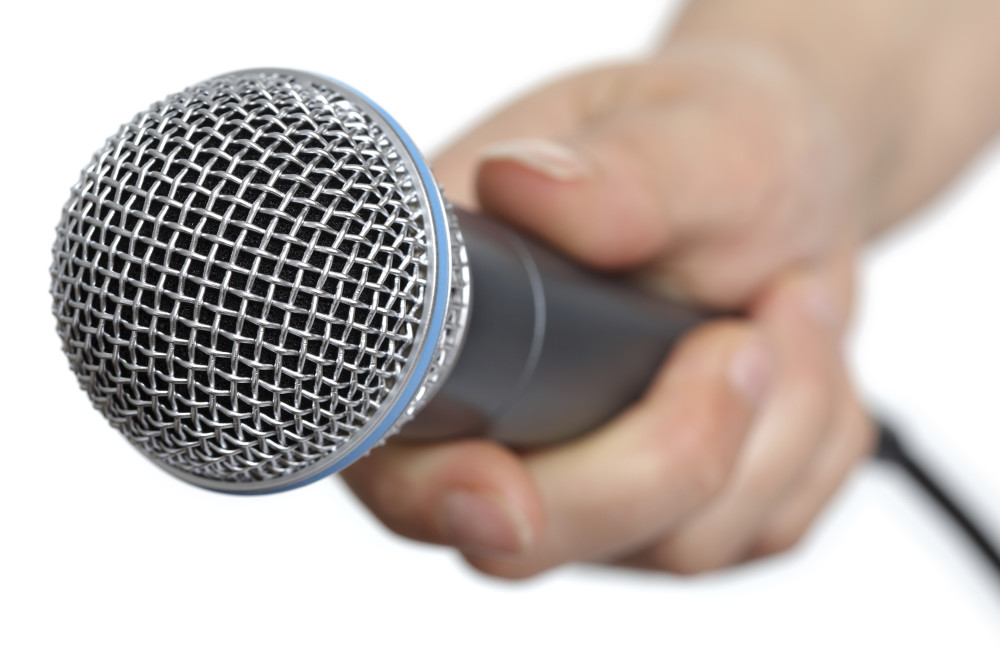By Shuchi Bansal
Mint, New Delhi
WWR Article Summary (tl;dr) Podcasting is on the rise. Ken Doctor a digital media industry veteran, author, speaker and consultant says advertising in the sector expanded 48% last year and it is forecast to grow about 25% a year through 2020.
Mint, New Delhi
Ken Doctor recently wrote a five-part series on the podcasting boom in the US for NiemanLab. Published last month, Doctor spoke of the booming business of on-demand audio and how 2016 could be marked as the year the podcast business came of age.
A digital media industry veteran, author, speaker and consultant, Doctor works with media globally, advising on new sustainable business models of contemporary journalism. And the Nieman Journalism Lab, a project of Harvard University, is an attempt to help journalism figure out its future in the Internet age.
In his piece, Doctor explained that venture capital (VC) money was chasing podcasting in the US. Not just that. Advertising was rising too. It had expanded 48% last year and it is forecast to grow about 25% a year through 2020.
“By then, it will be approaching half a billion dollars in annual ad revenue,” he said, adding that NPR–the leader in podcast audience–earns more than $10 million in podcast revenue and owns a double-digit share of the market. In his view, podcasting that seemed like a cottage industry is beginning to look like a “true digital media sector, following the path of its non-audio peers”.
In fact, the sector has also seen the rise of several podcast firms in the last few years, such as Gimlet Media, Wondery, and Panoply which have joined “public media stalwarts NPR, WNYC, Radiotopia, and WBUR, radio-rooted PodcastOne, and comedy-driven Midroll Media in the contest for new audiences”. And more start-ups are expected to come up. Although, the current ad revenue for the sector may be small, entrepreneurs in the business are not disheartened. They are expecting ad revenue to flow in as audiences spend more time on the medium.
In short, the market for podcasts in the US has matured.
Back home, the picture for podcasts isn’t as rosy–at least, in the short-term. A handful of firms are offering podcast services but challenges remain. For starters, there is no culture of listening to talk radio.
In the US, for instance, the podcast culture evolved on the back of a thriving public radio ecosystem. “A lot of the earlier podcasts started life as radio shows on NPR affiliate stations (This American Life, Radiolab, etc.),” says Rajesh Tahil, co-founder of One By Two Media that runs the podcast brand Audiomatic.
In fact, India’s burgeoning private FM radio sector has also relied solely on music to capture audiences.
buy kamagra effervescent generic buy kamagra effervescent online no prescription
Although critics have often panned radio broadcasters for undifferentiated content and over-dependence on Bollywood songs, the trend may have had to do with the steep license fee and high entry costs in FM, making it a difficult business to run unless based on popular music to grab listenership.
Nevertheless, Rajesh Tahil and his co-founder Tariq Ansari launched Audiomatic last year in the hope of creating a culture for podcasts.
Currently, Audiomatic does not have its own app but is available on platforms such as iTunes, android, web, social (you can listen inside Facebook and Twitter). It is also distributed through TuneIn, Scroll, Wire and HuffPost India.
Tahil claims about 100,000 listens per month–a 10-fold increase since its launch last year–for its narrative storytelling through writers such as Devdutt Pattanaik, Vikram Doctor and Samanth Subramanian, among others. “Even the comedy podcast we do is more of a social commentary than slapstick… We believe that with podcasts there is an opportunity to do more than just entertainment and they can be the long-form journalism equivalent of audio,” he says.
Surprisingly, Tahil foresees India’s podcast market to be an economically viable standalone business in 2-3 years. Amit Doshi, founder of Mumbai-based podcasting firm Indus Vox Media, agrees. Doshi believes that India will follow the US podcast market and investors will chase the podcast networks here too.
Indus Vox Media shows are currently distributed through music streaming site Saavn. These include shows like Cyrus Says, an interview show hosted by Cyrus Broacha and Maed in India–an independent music show hosted by Mae Thomas, among others. Although its app is under development, its also distributed through iTunes and Soundcloud.
Doshi is optimistic of the future of podcasting in India as talk content is typically consumed during commutes and workouts. He says the average commute in urban India is 46 minutes, and the number of people exercising is also increasing dramatically. “Most people consume music at this time. But that’s because of a lack of options. That hopefully will no longer be the case,” he says.
Of course, audio content is not a replacement for television because when you’re sitting at home relaxing, chances are you will watch TV. Yet, as people consume more and more media across formats, audio is also likely to be consumed in larger numbers.
Besides, globally, podcasts are growing rapidly with expansion in audiences and advertising. As a medium, podcasting is likely to be primarily advertiser-driven. The average podcast listener is well informed and can be classified as an influencer in his/her social graph, making him/her a compelling target for advertisers, feels Doshi.
However, the challenge is to make people listen to content with their short attention spans, given that their ears are attuned to music. It may be a while before on-demand audio gets integrated into their daily habits.















































































































































































































































































































































































Pingback: 115 When You’re Fired From Podcasting – She Podcasts